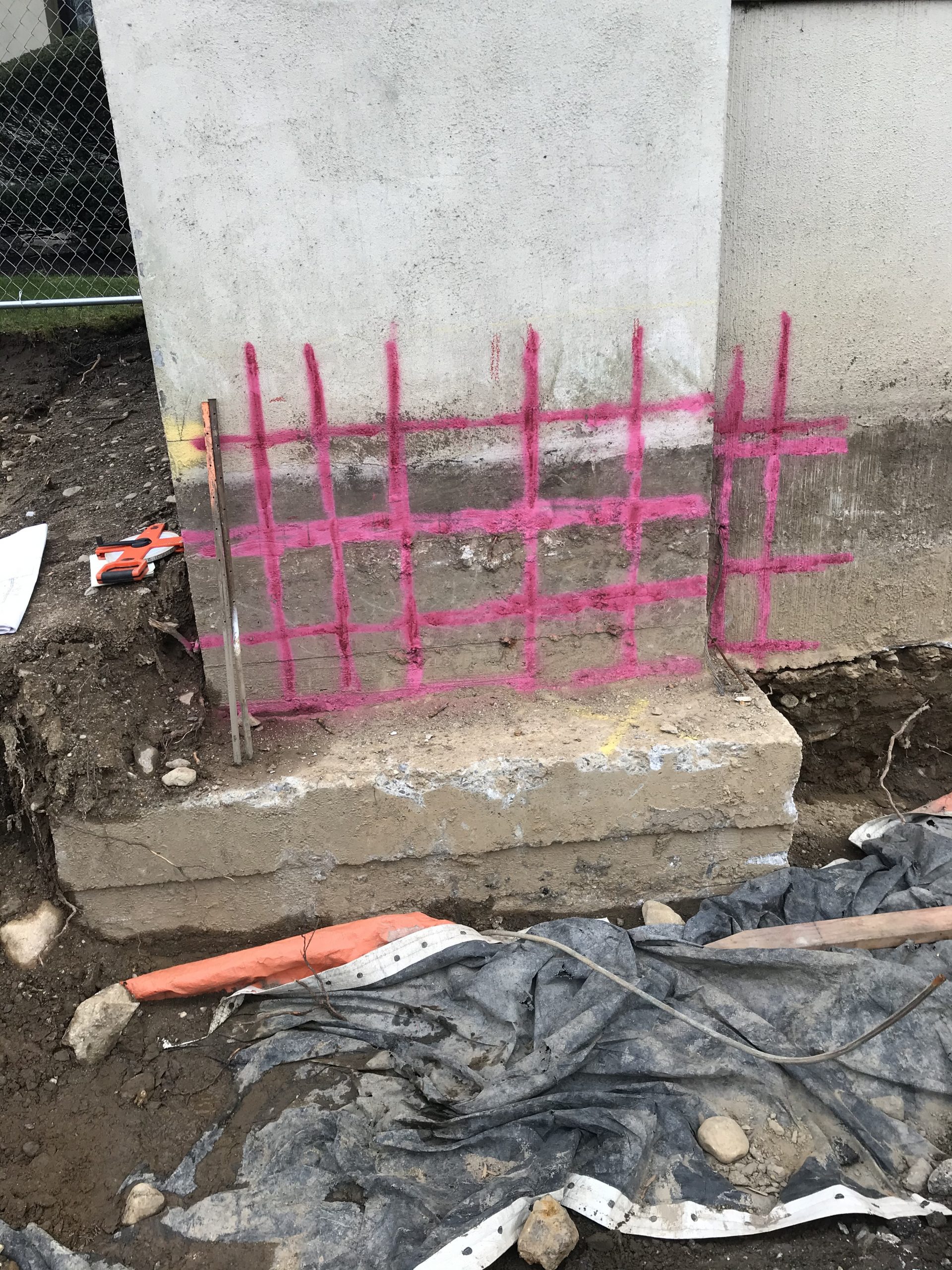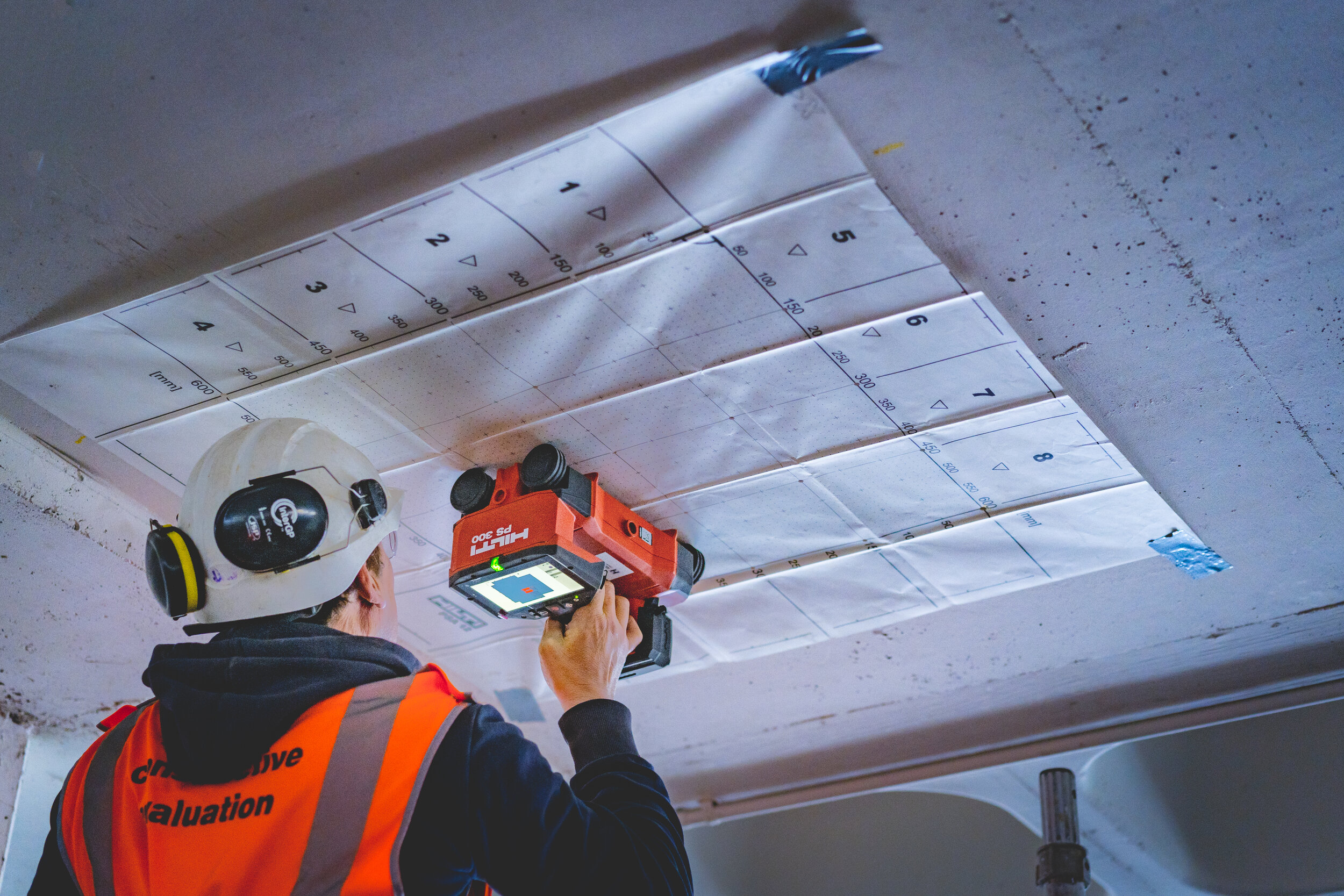RainierGPR Concrete Scanning: Ensuring Security and Effectiveness in Construction
RainierGPR Concrete Scanning: Ensuring Security and Effectiveness in Construction
Blog Article
The Value of Precise Concrete Scanning in Finding Underground Hazards
The capacity to accurately discover and map these below ground threats is not just an issue of ease yet an important facet of guaranteeing the safety of both building and construction workers and the integrity of the project itself. By deploying sophisticated scanning modern technologies and techniques, professionals can reveal concealed dangers, stop pricey problems, and ultimately lead the method for smoother and more secure building and construction endeavors.
Advanced Scanning Technologies for Discovery
Advanced radar systems are transforming the area of underground discovery by supplying unmatched precision and performance. These sophisticated scanning modern technologies utilize ground-penetrating radar (GPR) to produce detailed photos of subsurface structures, providing understandings into what lies below the surface with amazing clearness. By releasing high-frequency pulses into the ground and gauging the reflections, radar systems can determine variations in product composition and detect underground hazards such as spaces, pipelines, and cords.
One of the essential benefits of these sophisticated radar systems is their non-invasive nature, allowing for complete assessments without creating damages to the existing frameworks. This not just ensures the safety of the surrounding environment yet additionally decreases the requirement for costly repairs or disturbances to continuous building projects. In addition, the real-time data offered by these scanning modern technologies allows fast decision-making and enhances total task efficiency.
Importance of Subsurface Mapping

Accurate subsurface mapping assists in stopping costly damages to existing underground infrastructure, lowering the risk of mishaps, and preserving task timelines. It allows job supervisors to make informed decisions relating to website preparation, equipment release, and resource allocation. In addition, subsurface mapping permits much better control amongst different groups servicing a task and helps in complying with governing demands associated with below ground energy detection.
Mitigating Threats in Building Jobs
Efficient risk mitigation methods are crucial for guaranteeing the success and safety and security of building and construction projects. One vital facet of mitigating risks in building and construction tasks is comprehensive preparation and analysis at the initial stages.
Additionally, developing clear communication channels amongst all project stakeholders and ensuring strict adherence to security procedures are crucial elements of threat reduction. By proactively carrying out robust danger reduction strategies, building and construction tasks can reduce delays, expense overruns, and safety and security occurrences, ultimately leading to successful task results.

Preventing Pricey Damages and Hold-ups
To lessen financial losses and task troubles, effective strategies should be executed to avoid expensive damages and delays in building and construction tasks. One essential method to accomplish this is by carrying out comprehensive concrete scanning before any type of excavation work starts. By making use of sophisticated scanning technologies such as ground-penetrating radar (GPR) and electro-magnetic induction, building and construction go to website groups can precisely find underground hazards like rebar, channels, and other utilities. Recognizing these blockages at an early stage aids in planning the project format much more effectively and avoiding possible damages during More Bonuses excavation.
Additionally, purchasing training programs for building and construction employees on the value of concrete scanning and secure excavation practices can dramatically decrease the risk of crashes and delays. Clear communication channels between task supervisors, engineers, and on-site employees are also necessary to ensure that every person is mindful of the prospective threats and complies with the required protocols to avoid pricey damages. By focusing on positive steps like concrete scanning and advertising a society of safety and security and understanding, building projects can lessen the economic effect of unexpected below ground obstructions and avoid costly hold-ups.
Ensuring Security of On-Site Worker
By prioritizing proactive steps such as comprehensive training programs and clear communication networks, building and construction projects can guarantee the safety of on-site workers in the middle of the potential risks spotted via concrete scanning. Appropriate training equips workers with the expertise and abilities required to browse building and construction sites securely, especially when hazards are determined with scanning procedures. Training needs to cover hazard acknowledgment, emergency treatments, and the appropriate usage of individual safety equipment to minimize dangers efficiently.
In addition, establishing clear interaction networks is crucial for sharing information concerning identified risks promptly. This makes certain that all on-site employees recognize possible threats and can take essential safety measures to prevent crashes. Regular security briefings, toolbox talks, and constant updates relating to scanning results help keep everyone informed and positive in maintaining a secure functioning environment.
Moreover, executing strict adherence to safety and security protocols and regulations, carrying out routine safety audits, and cultivating a culture of security consciousness among employees are essential elements in ensuring the wellness of on-site employees during construction projects - RainierGPR Concrete Scanning. this article Proactive safety and security measures not only protect employees from injury yet additionally contribute to the total success and effectiveness of the project
Conclusion
Finally, precise concrete scanning plays a critical function in spotting below ground threats. Using innovative scanning modern technologies and subsurface mapping assists minimize risks in building and construction jobs, protecting against expensive problems and hold-ups. By ensuring the security of on-site employees, precise scanning can substantially boost the efficiency and success of building procedures. It is essential for building firms to prioritize the usage of accurate scanning methods to minimize possible hazards and ensure a smooth building procedure.
By proactively implementing durable risk reduction techniques, building and construction projects can decrease hold-ups, cost overruns, and security events, ultimately leading to successful job outcomes. - RainierGPR Concrete Scanning
To decrease monetary losses and task problems, reliable techniques must be executed to prevent pricey problems and delays in construction tasks. By prioritizing proactive actions like concrete scanning and advertising a culture of safety and recognition, building tasks can reduce the financial effect of unforeseen below ground obstructions and avoid pricey delays.
By focusing on proactive measures such as comprehensive training programs and clear interaction channels, building projects can guarantee the safety and security of on-site workers amid the prospective hazards discovered through concrete scanning. Using advanced scanning technologies and subsurface mapping assists minimize threats in building and construction jobs, stopping costly problems and delays.
Report this page